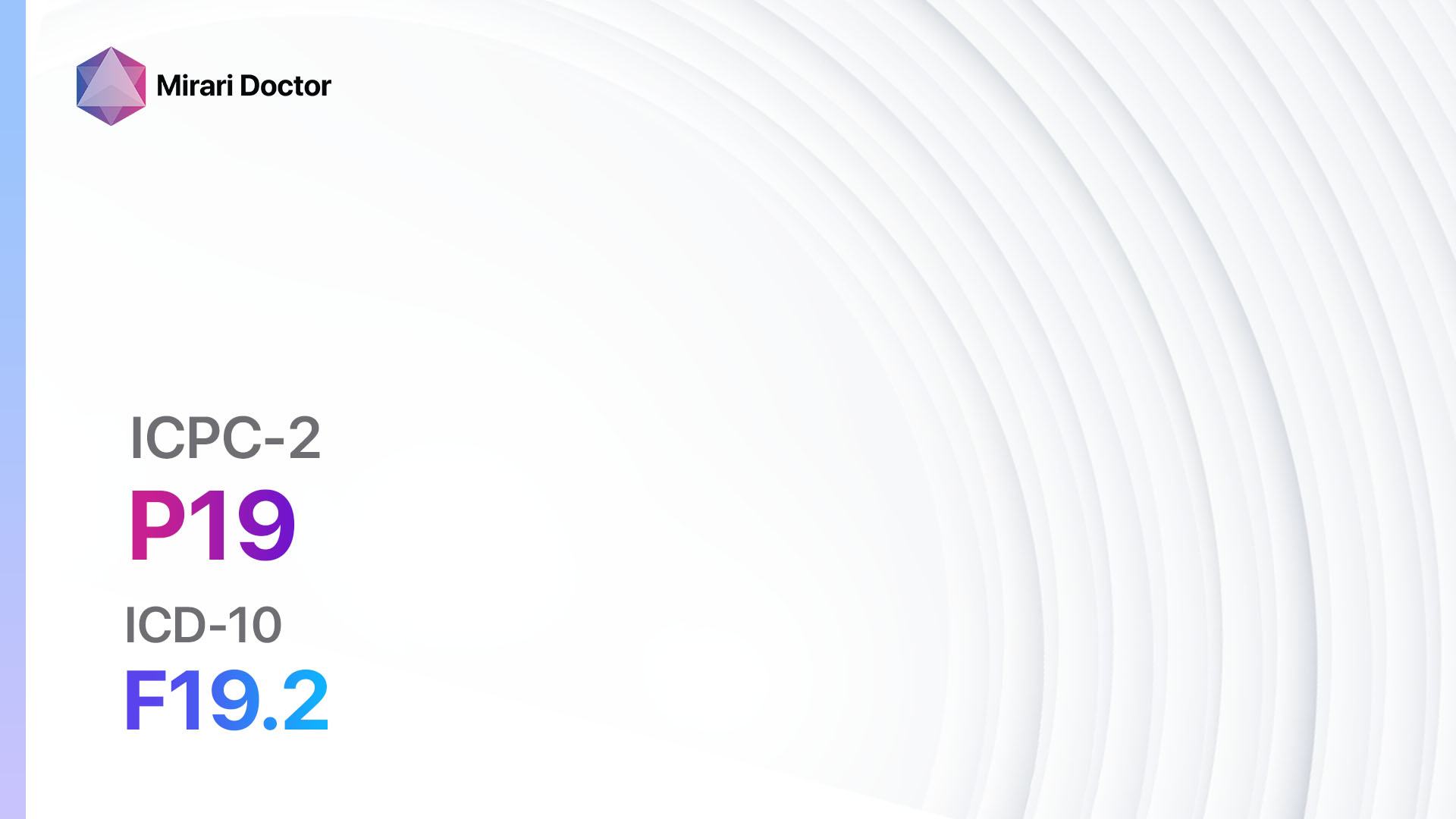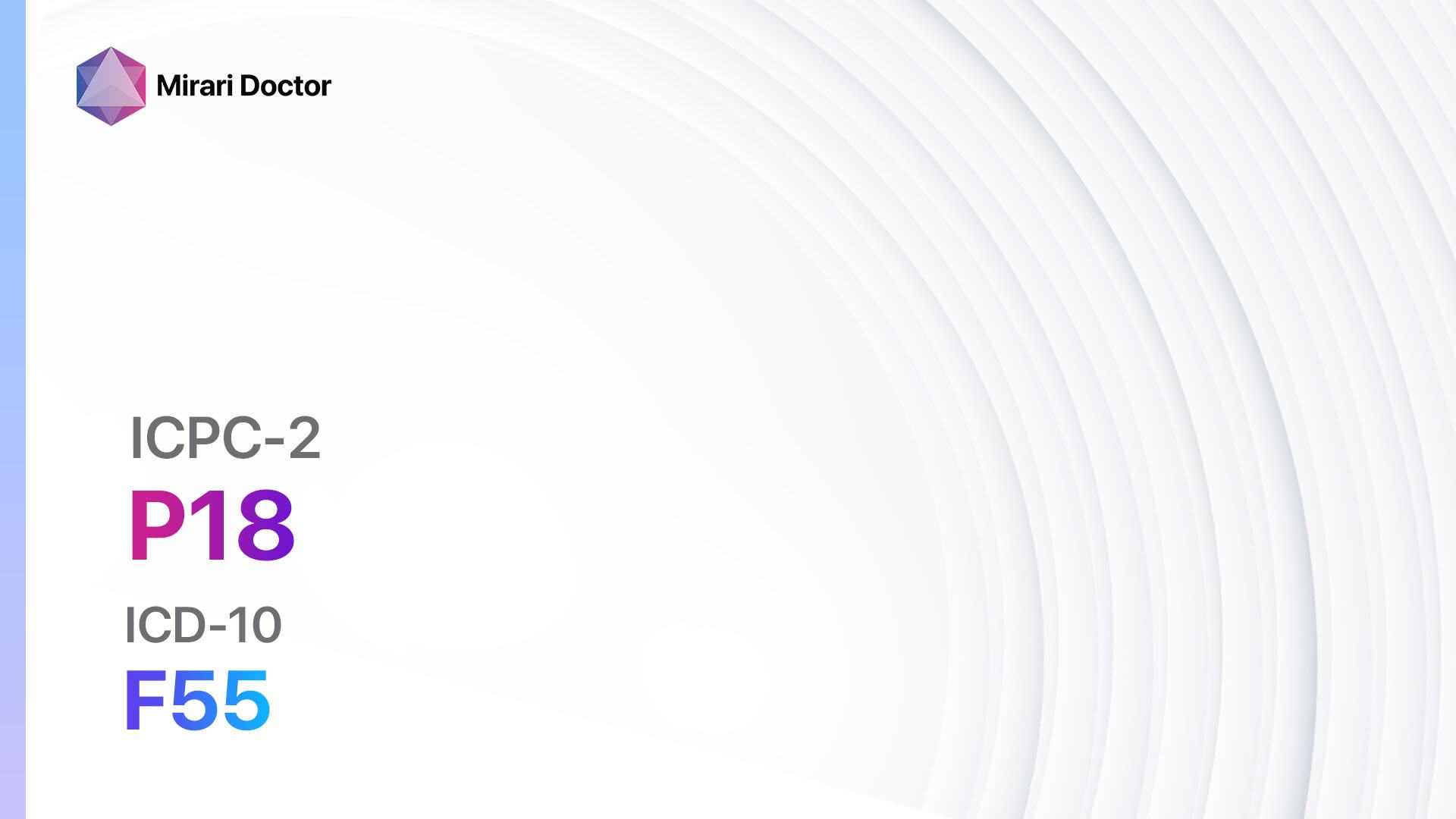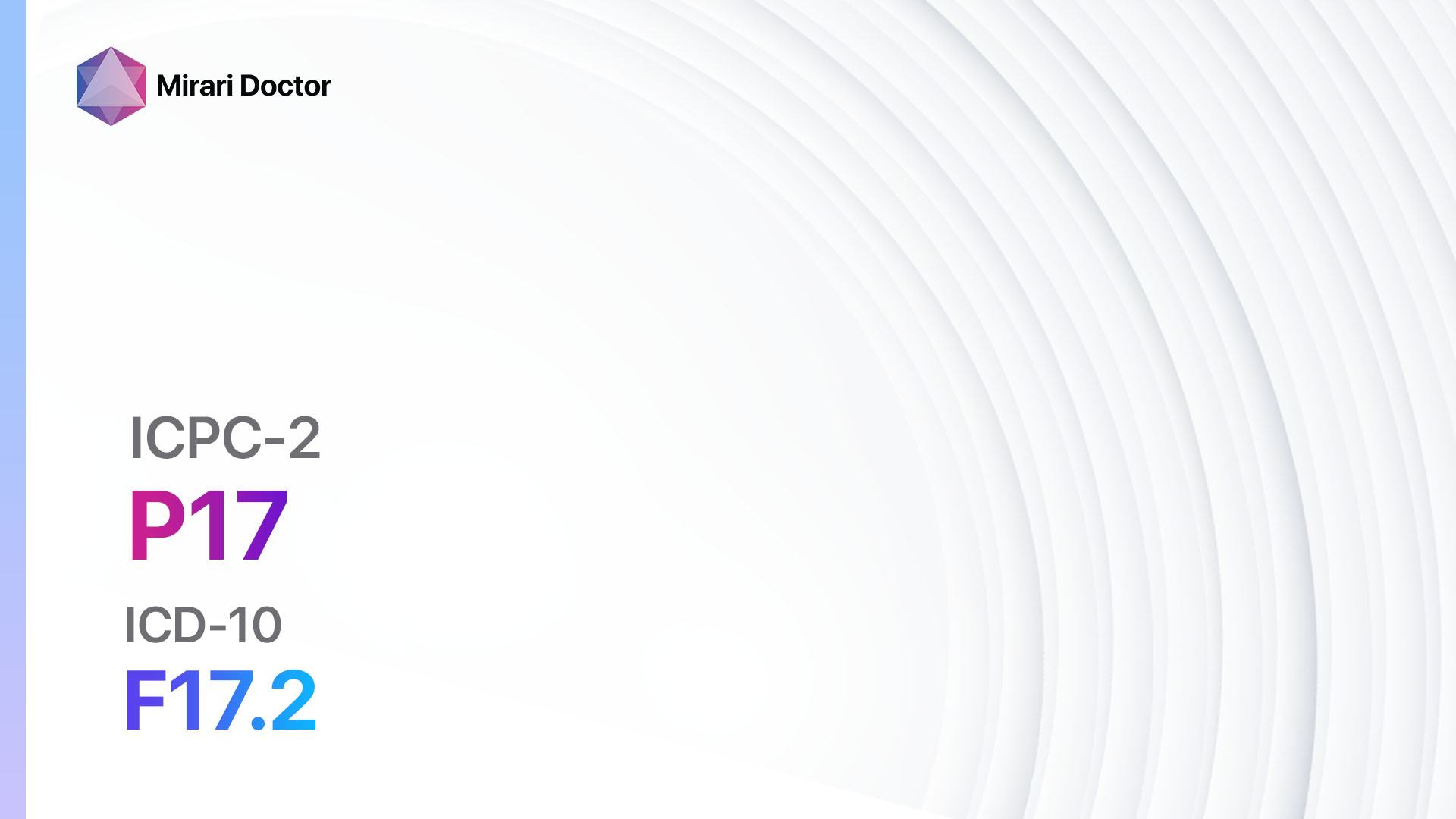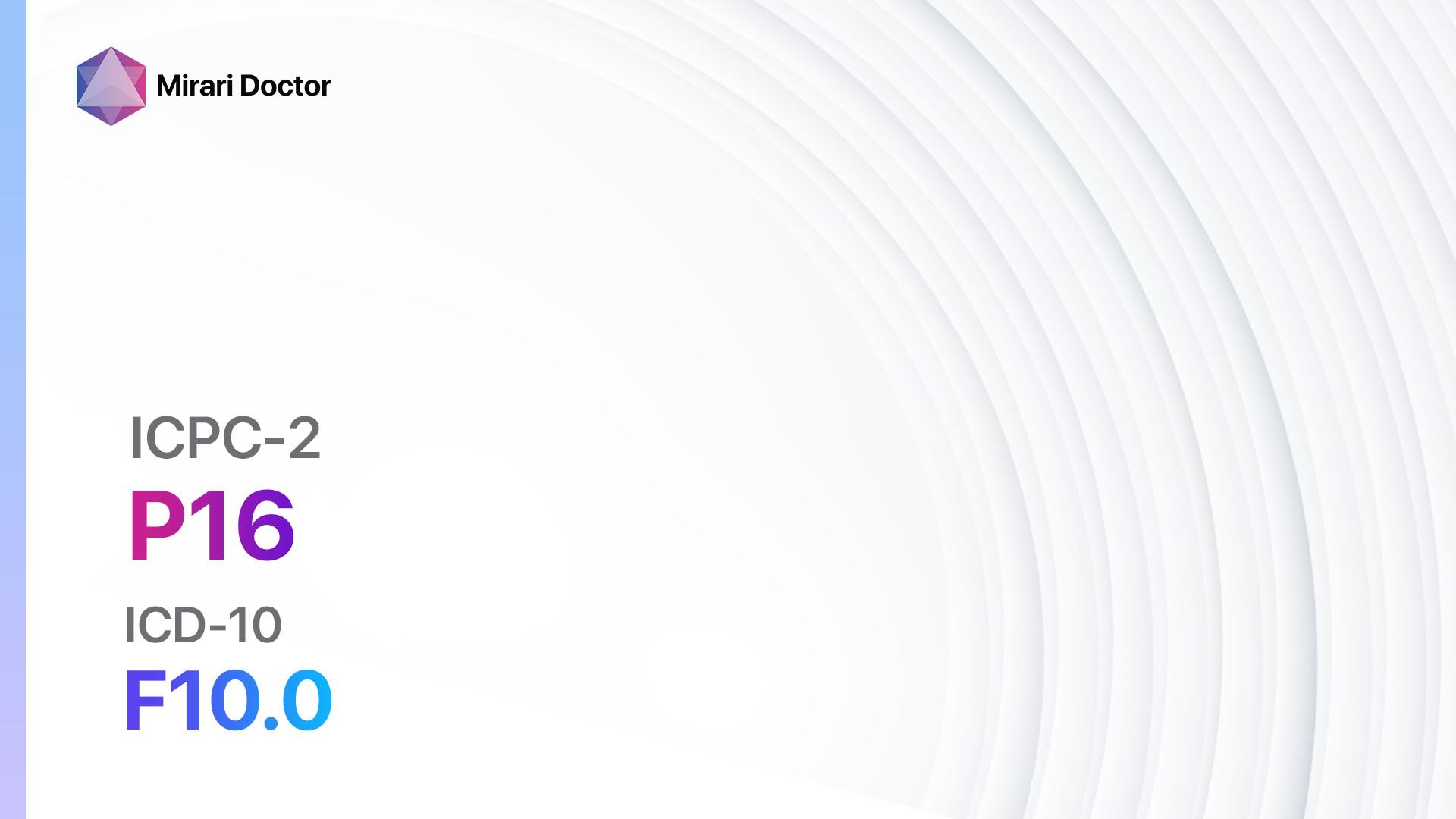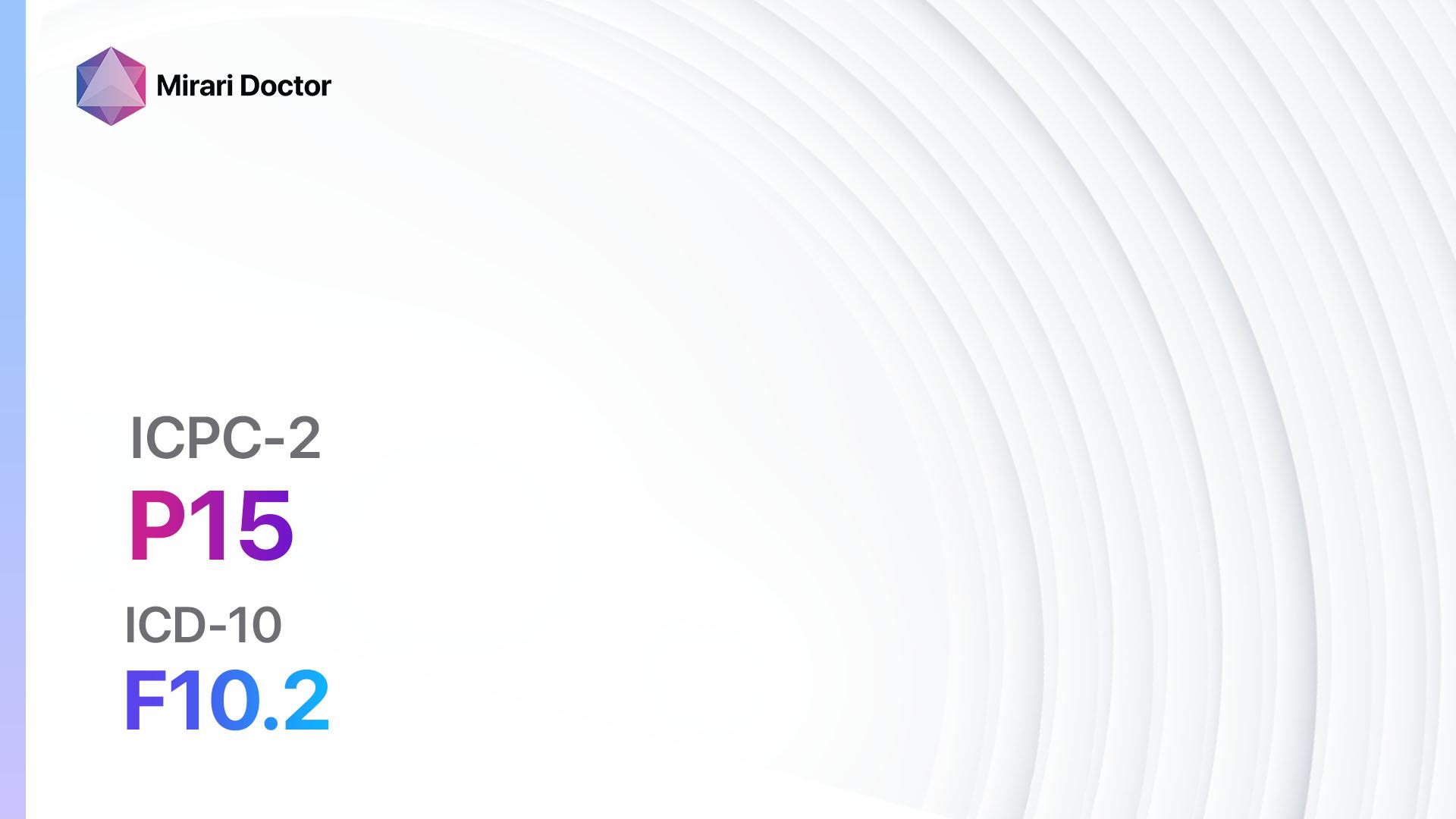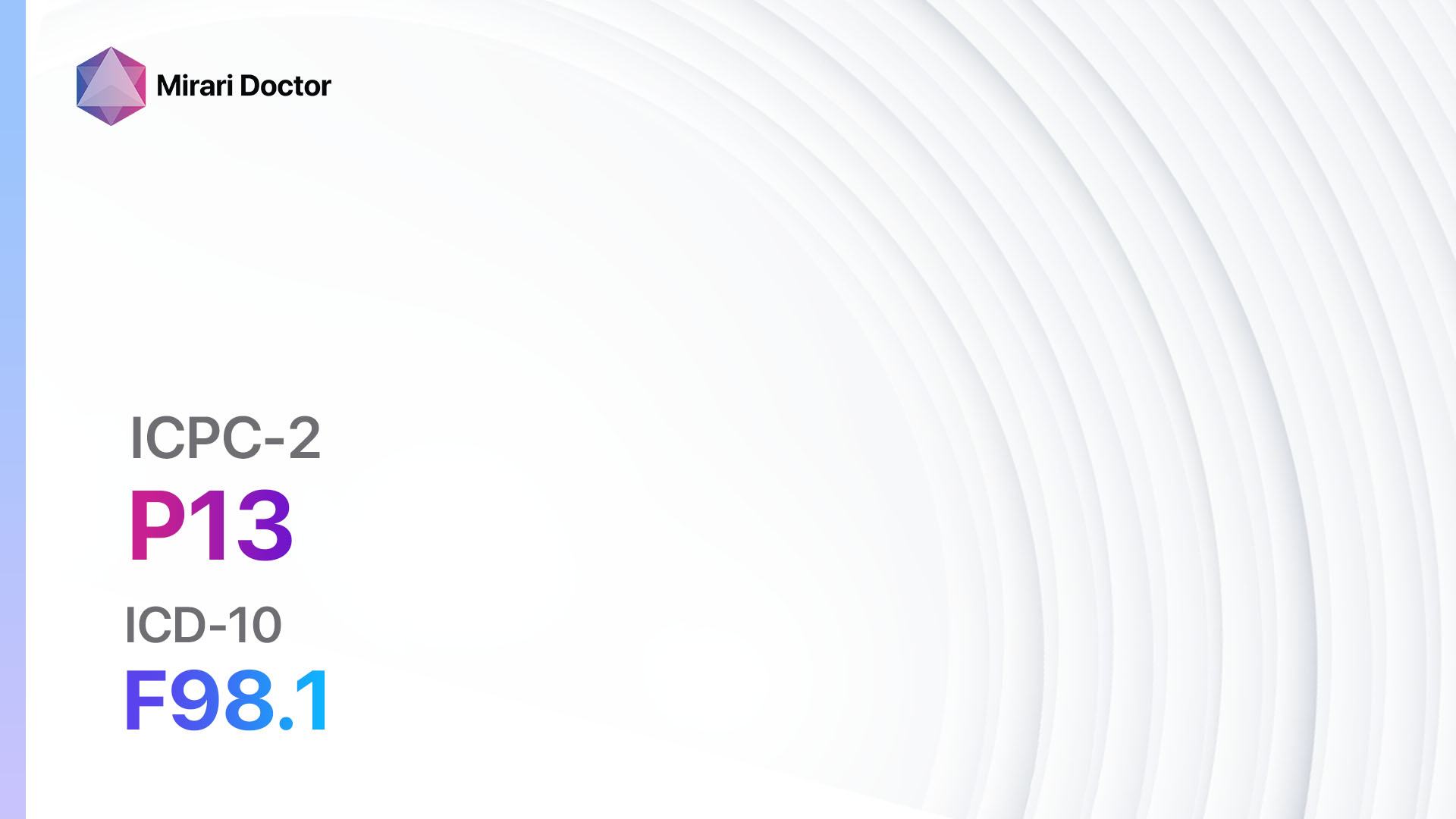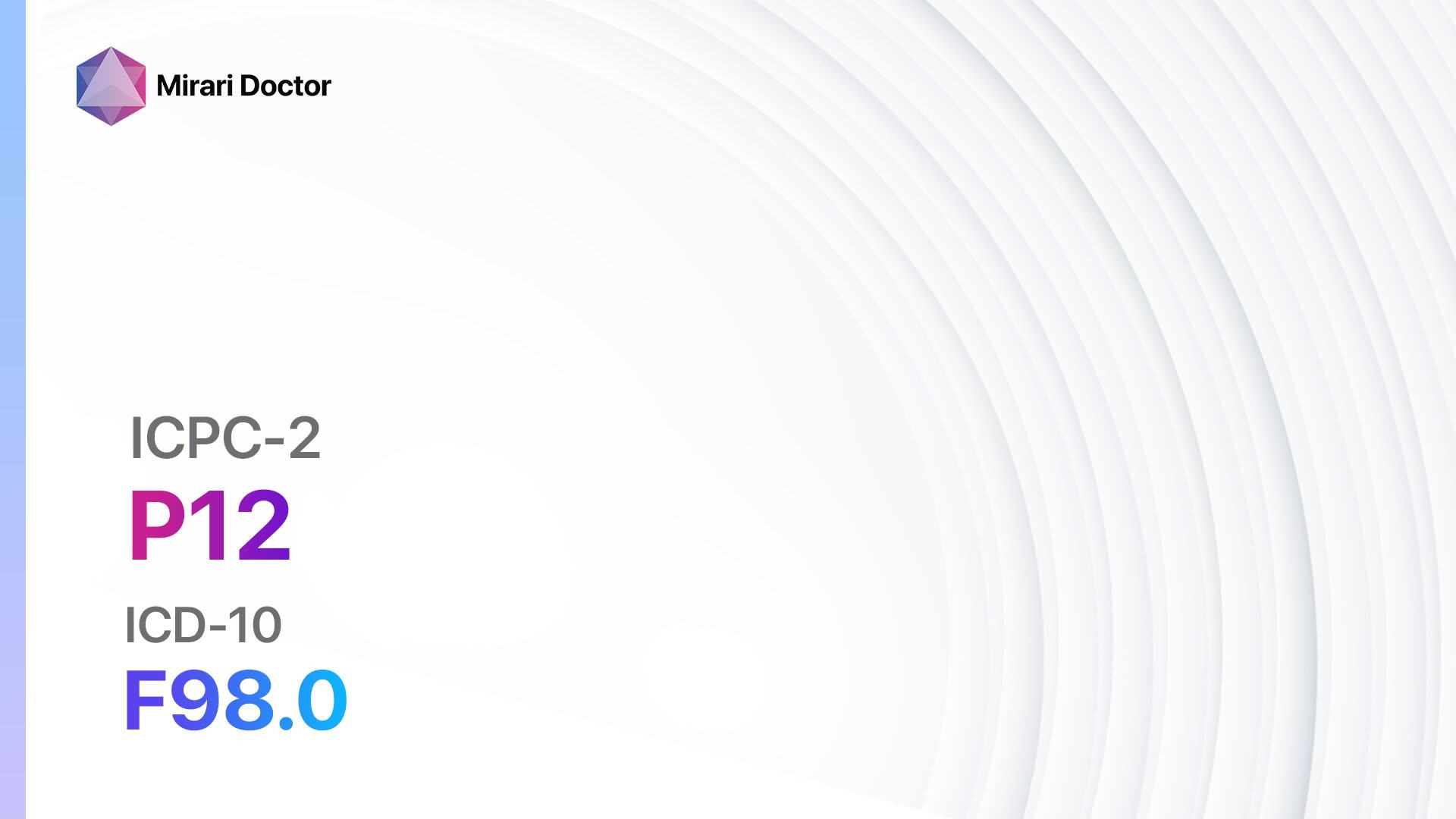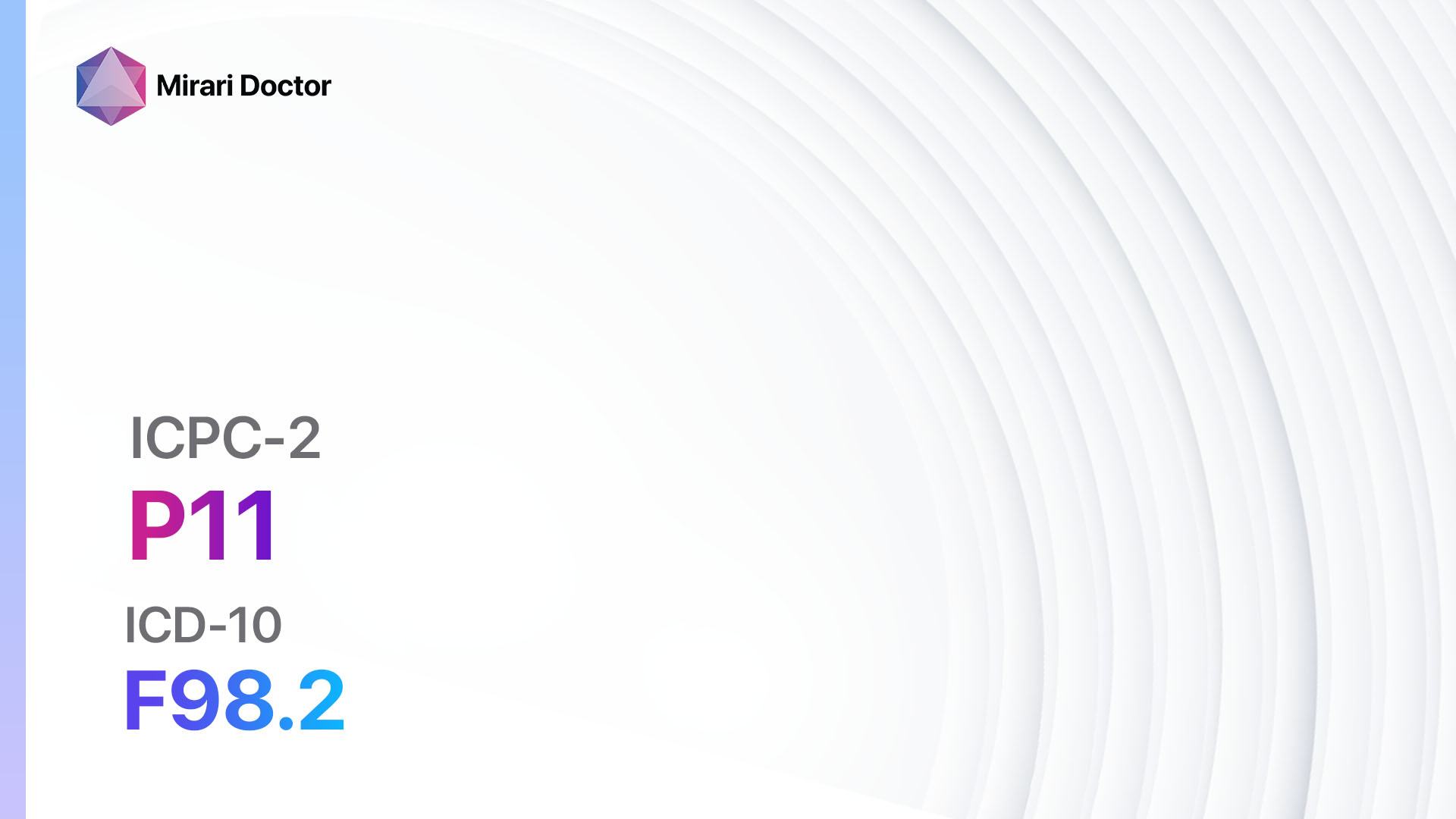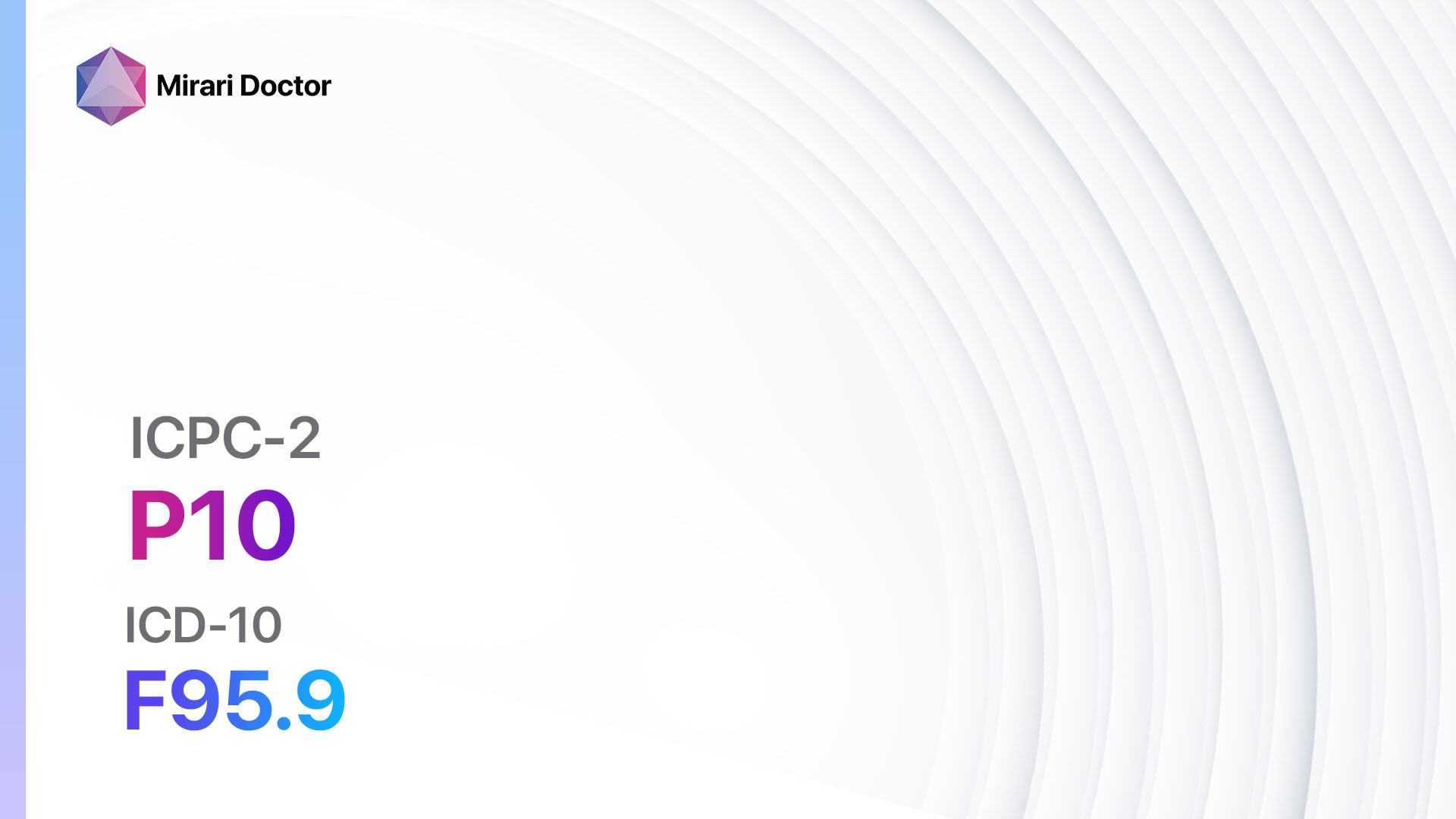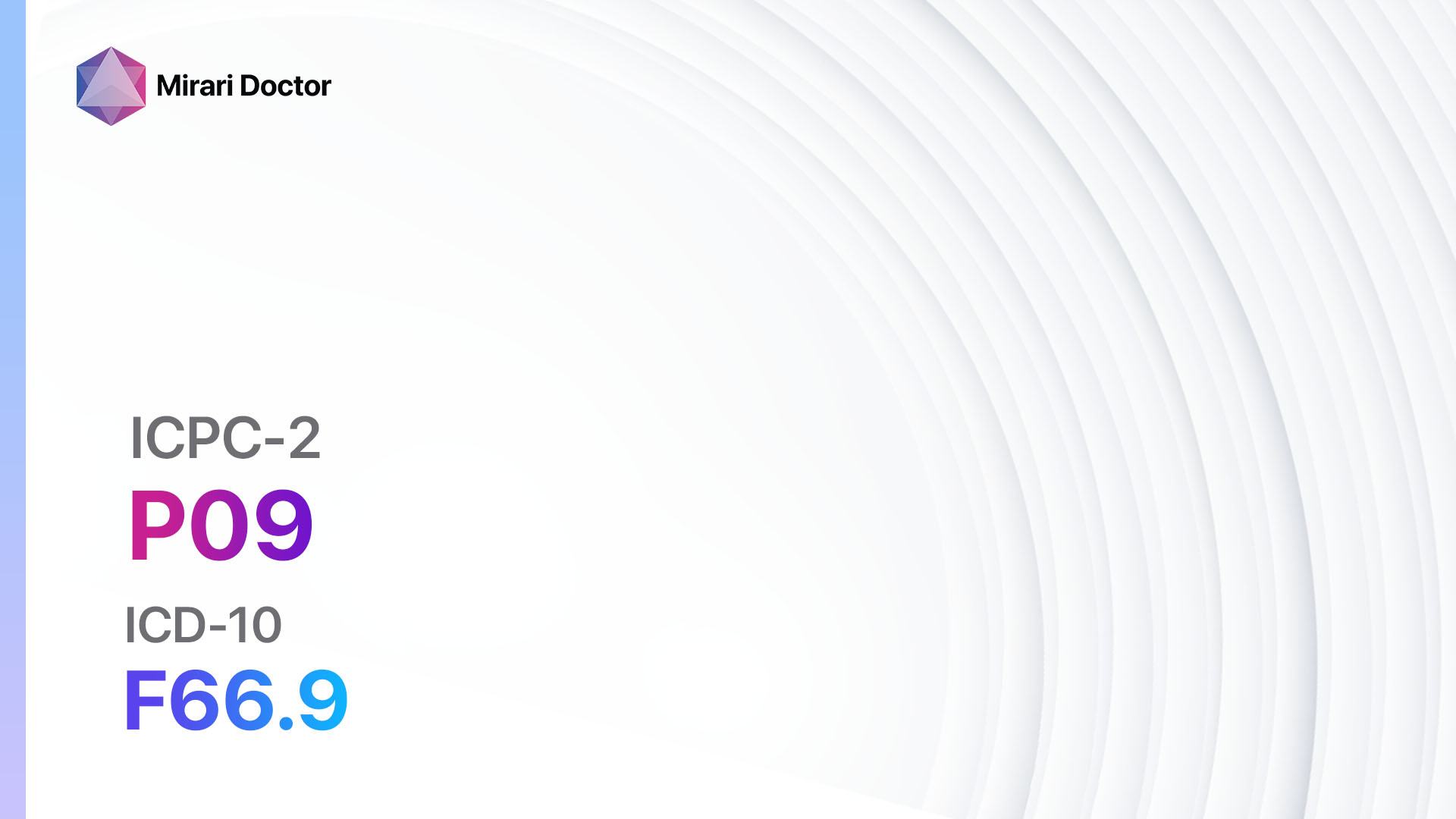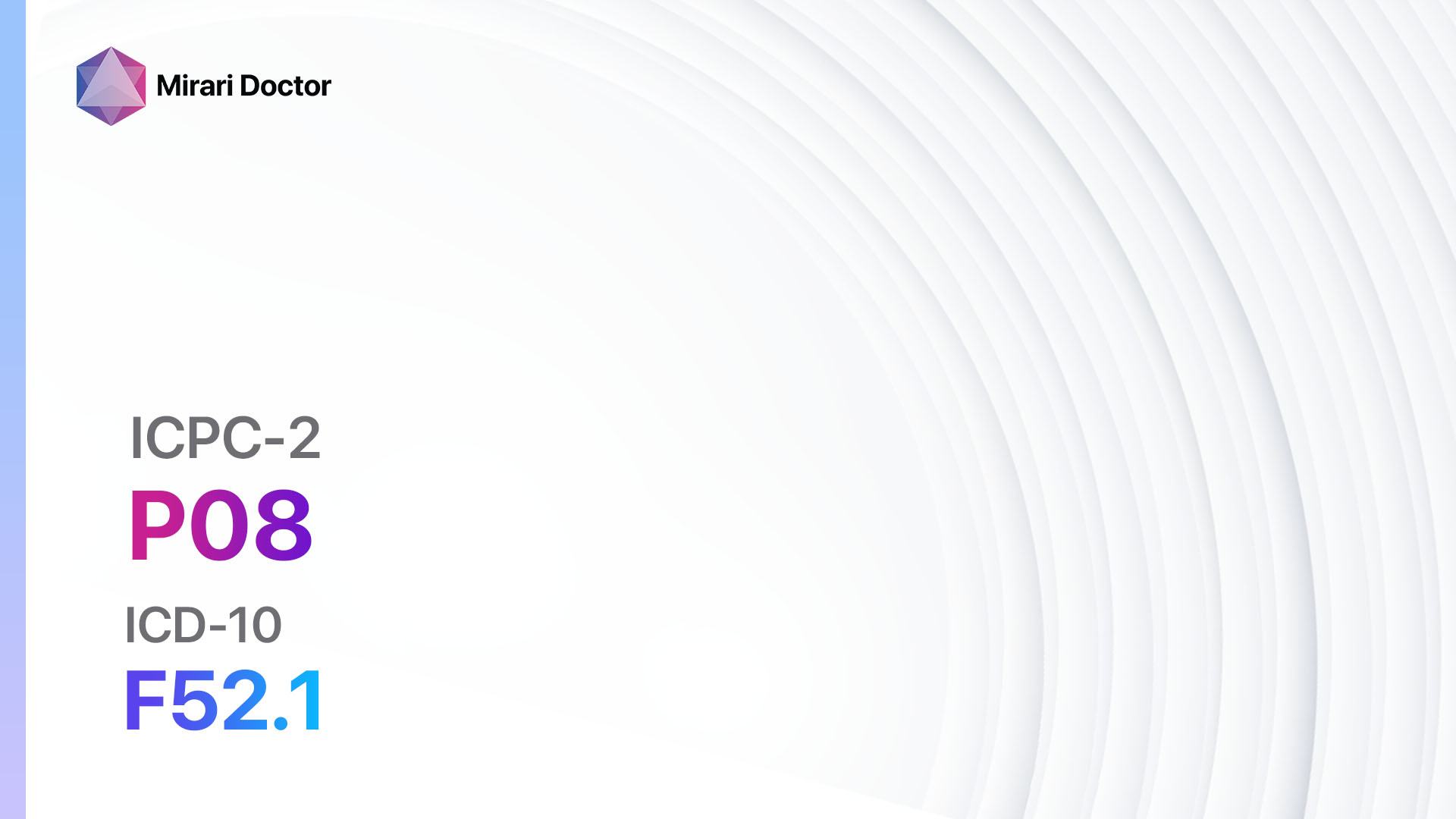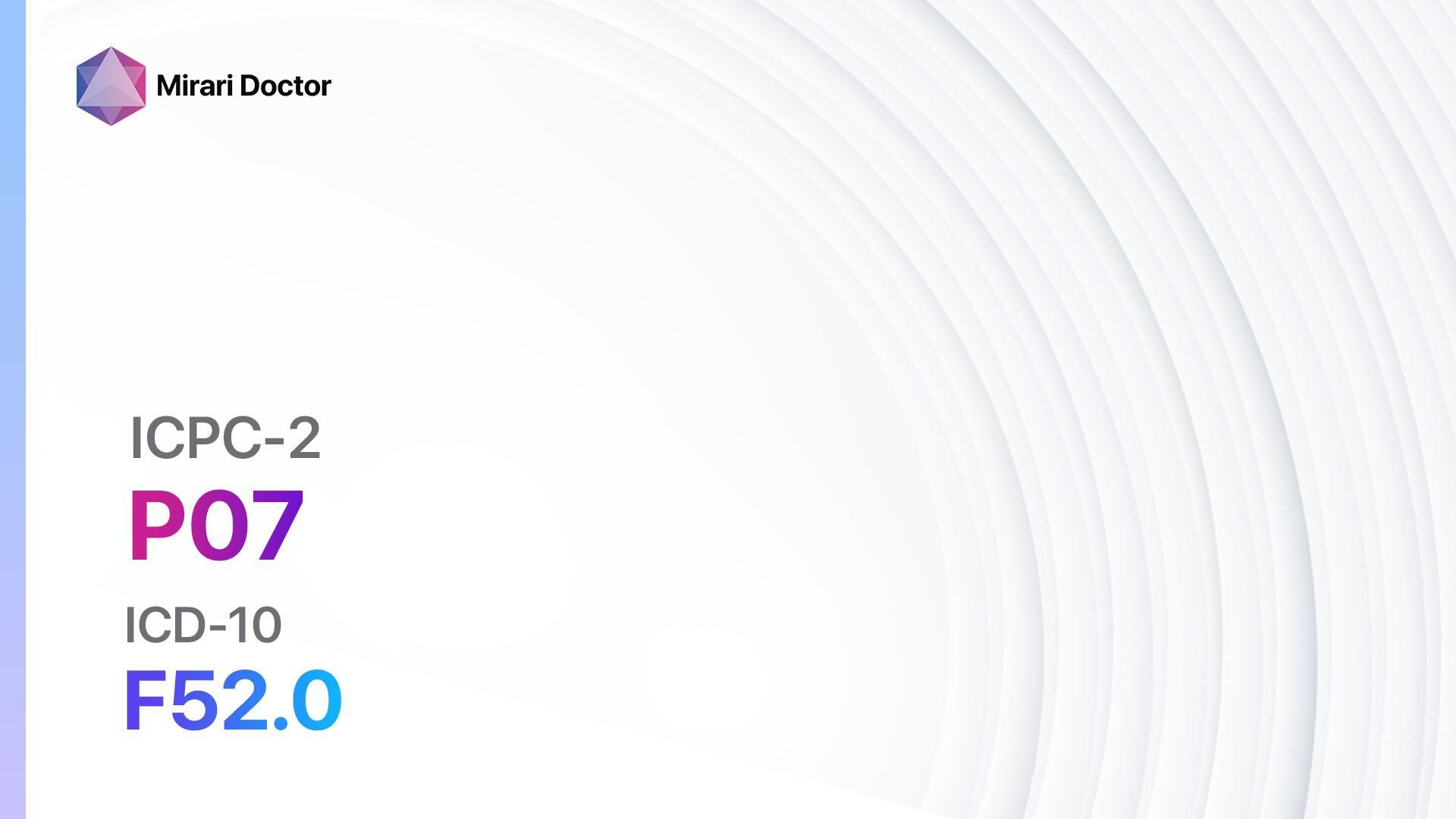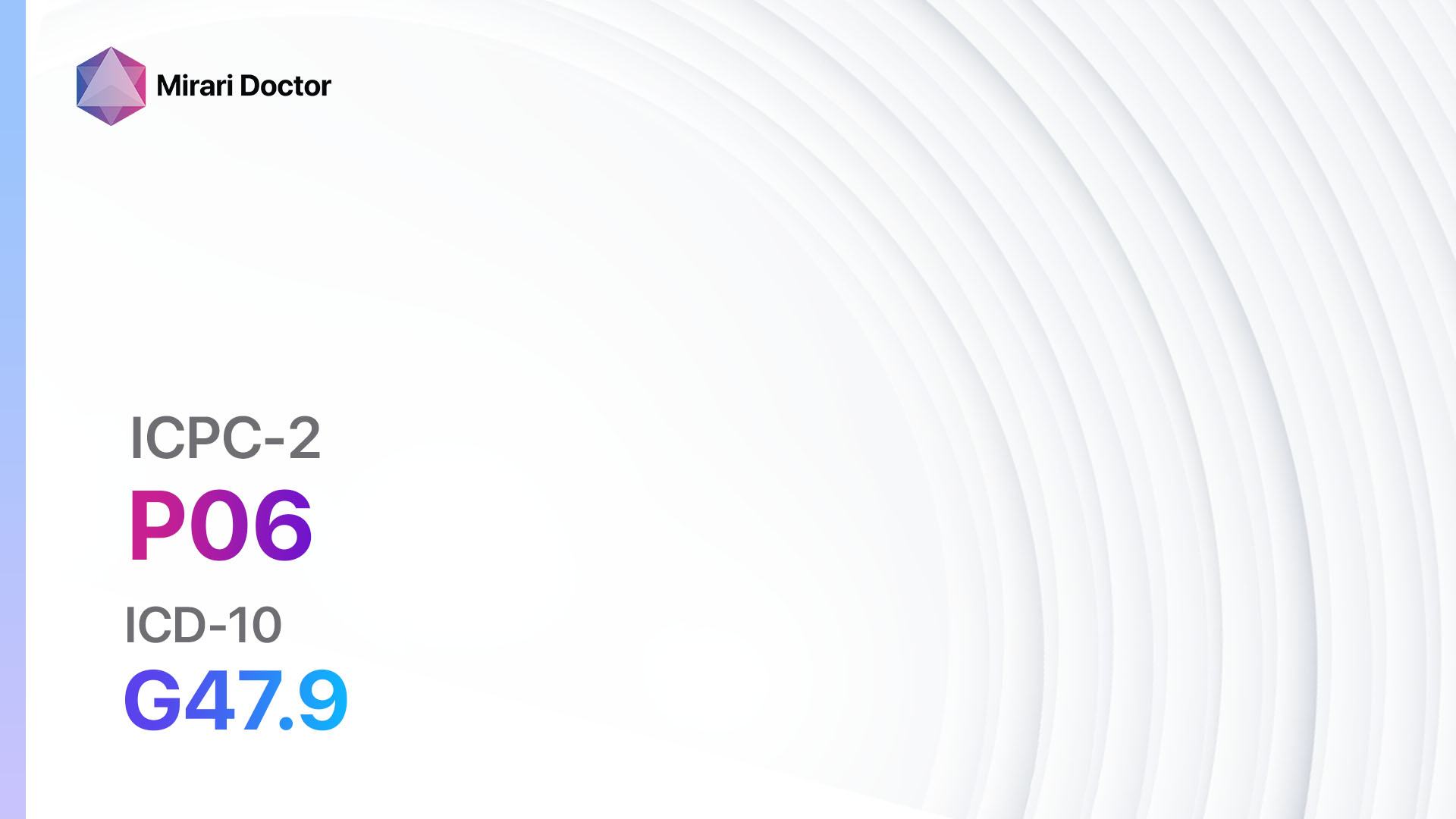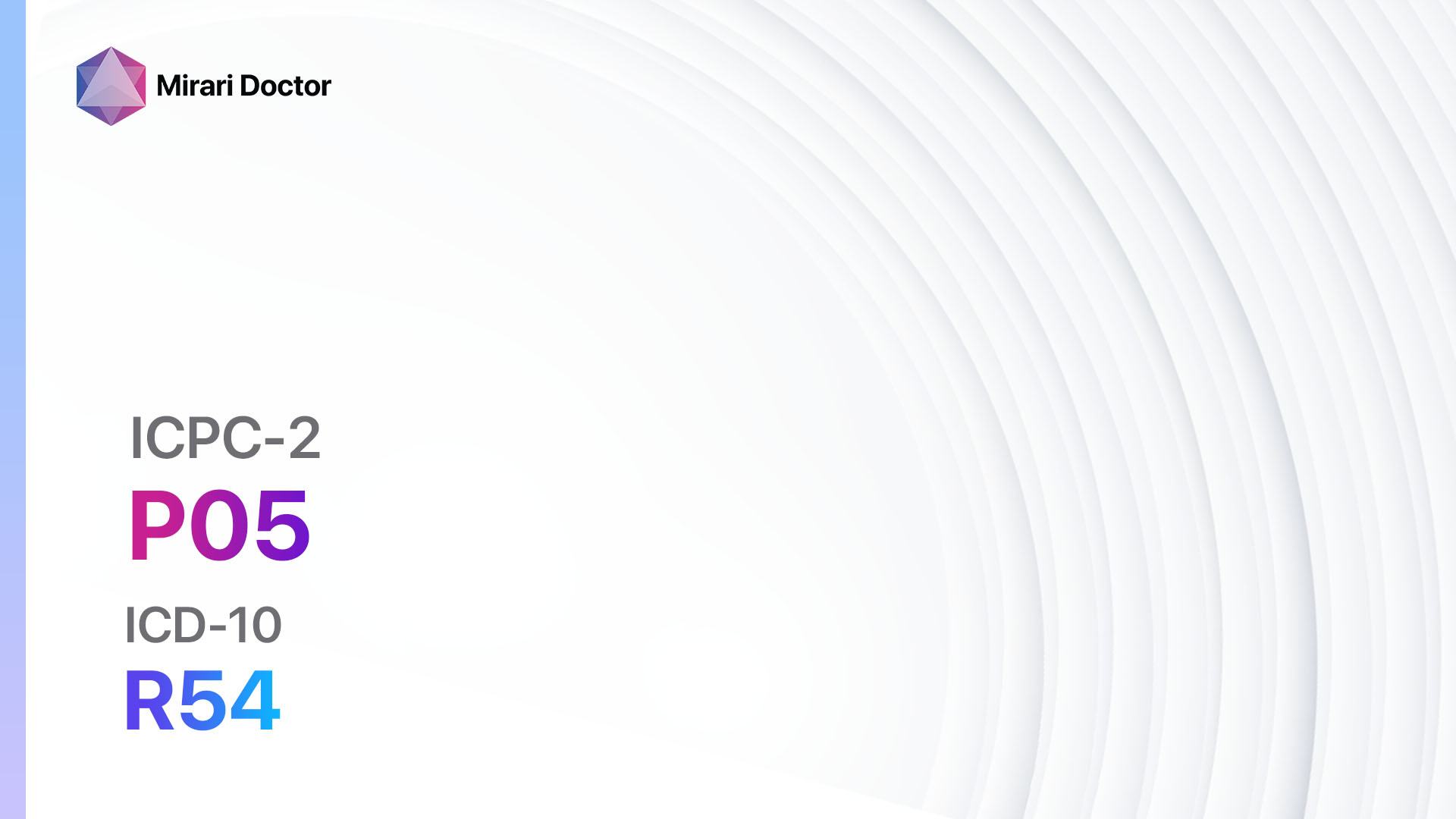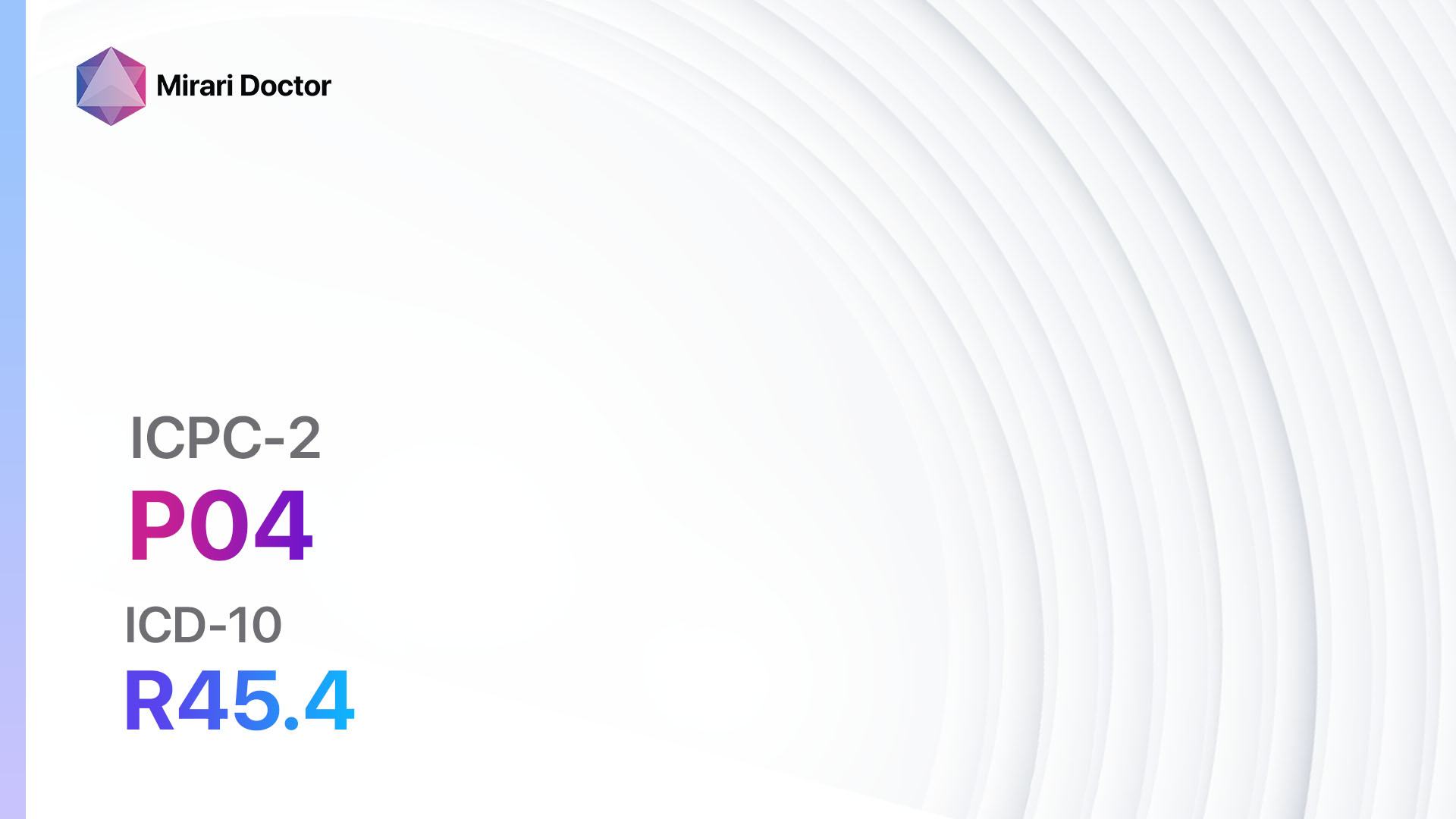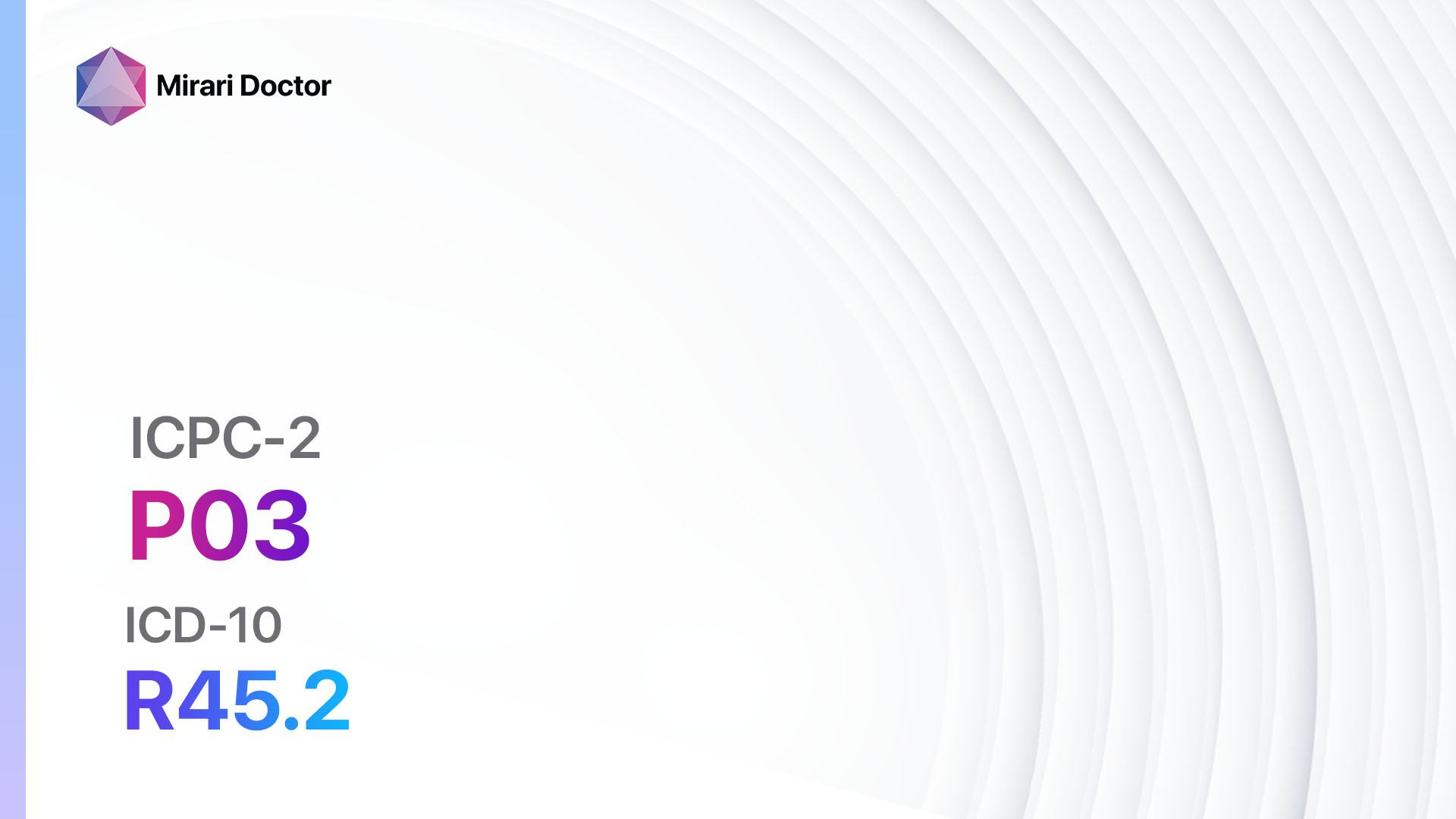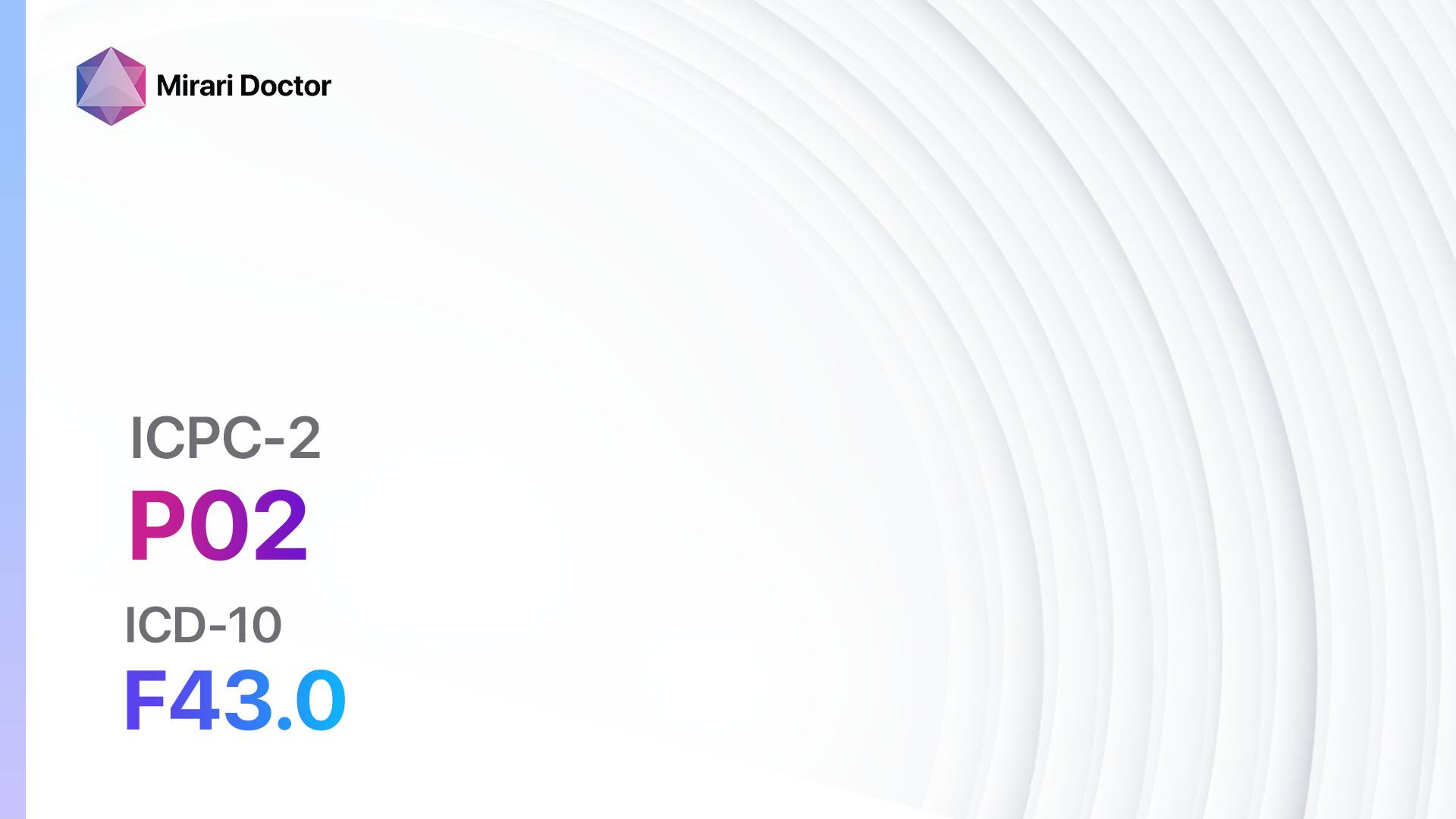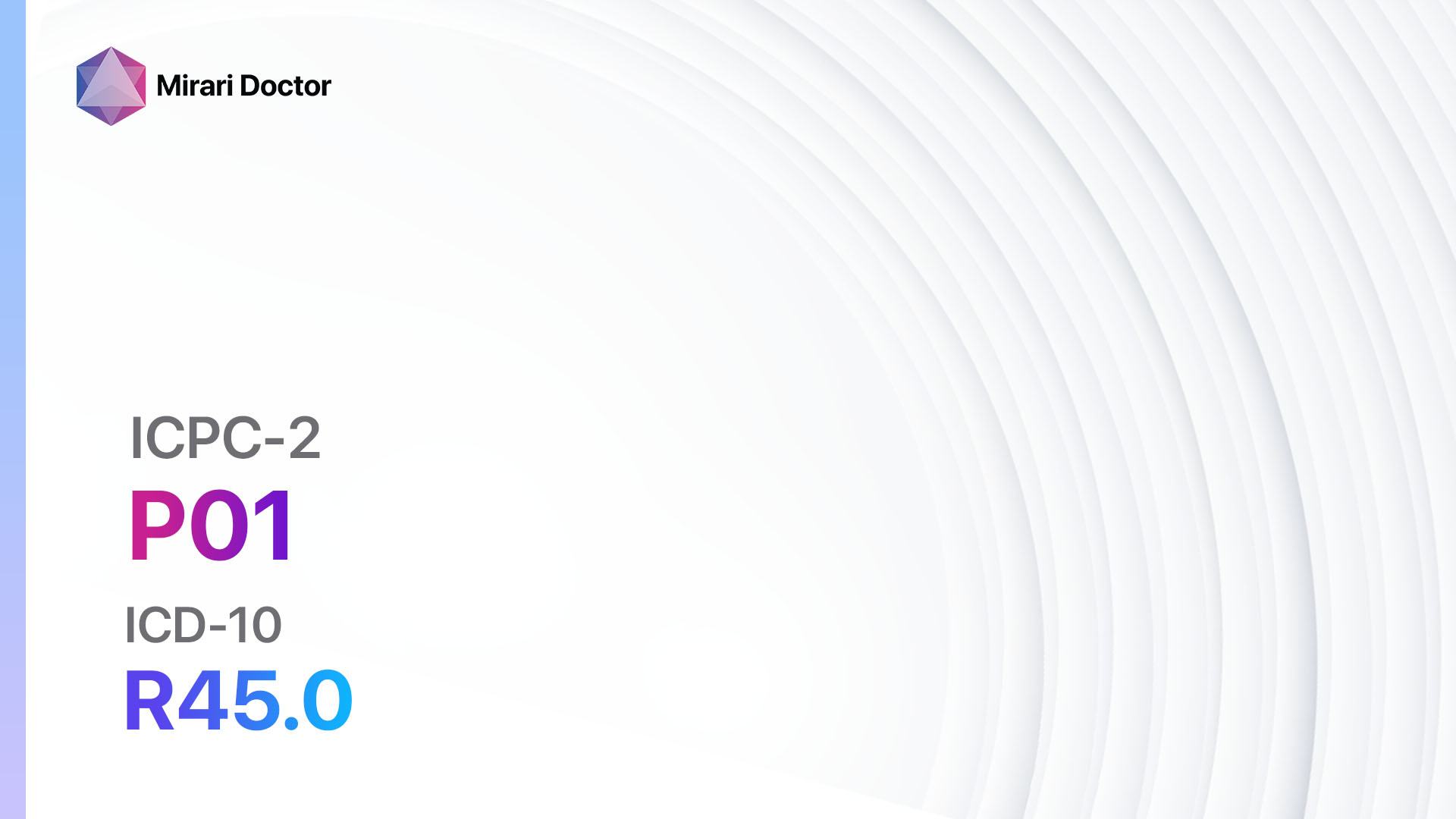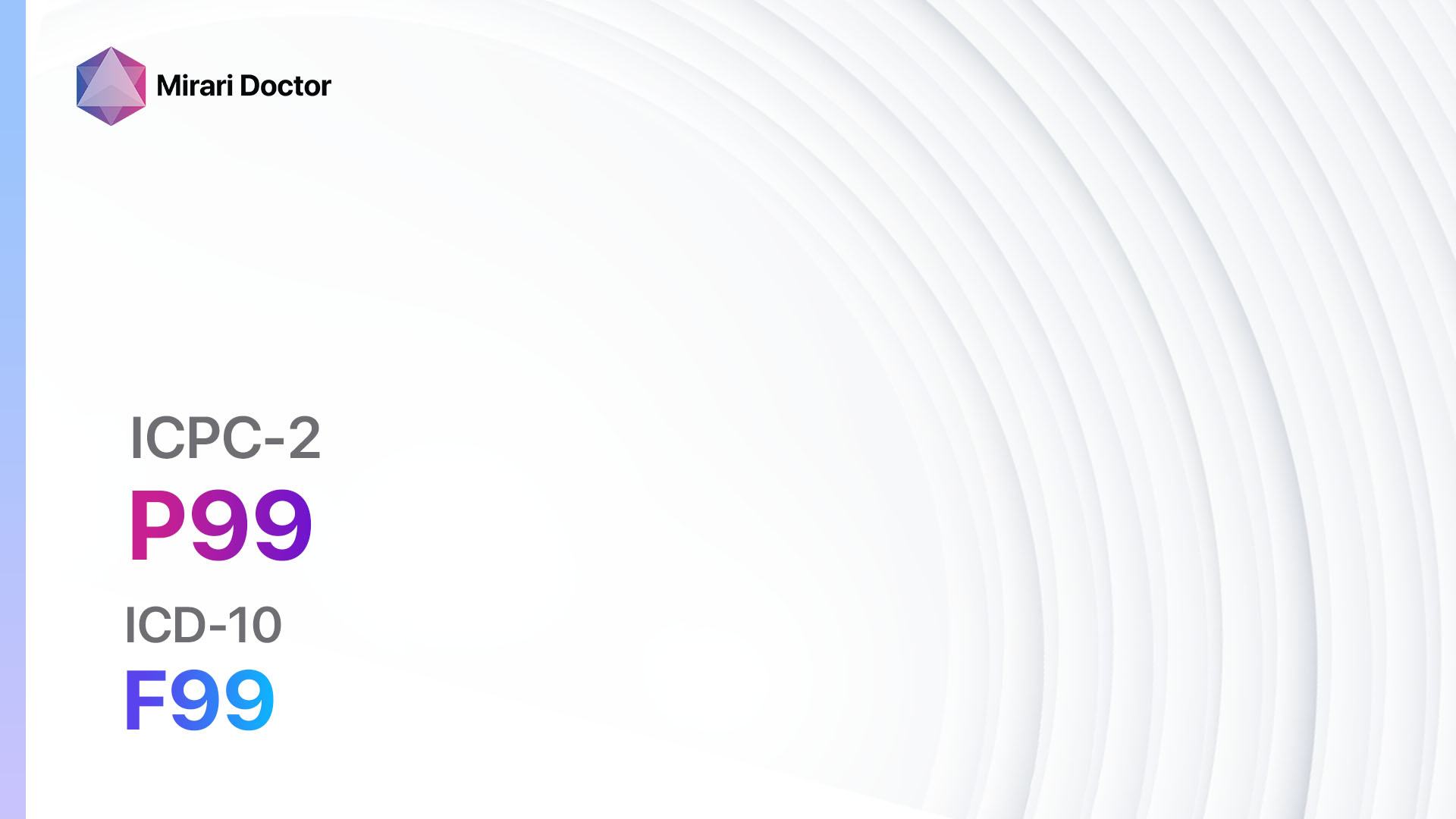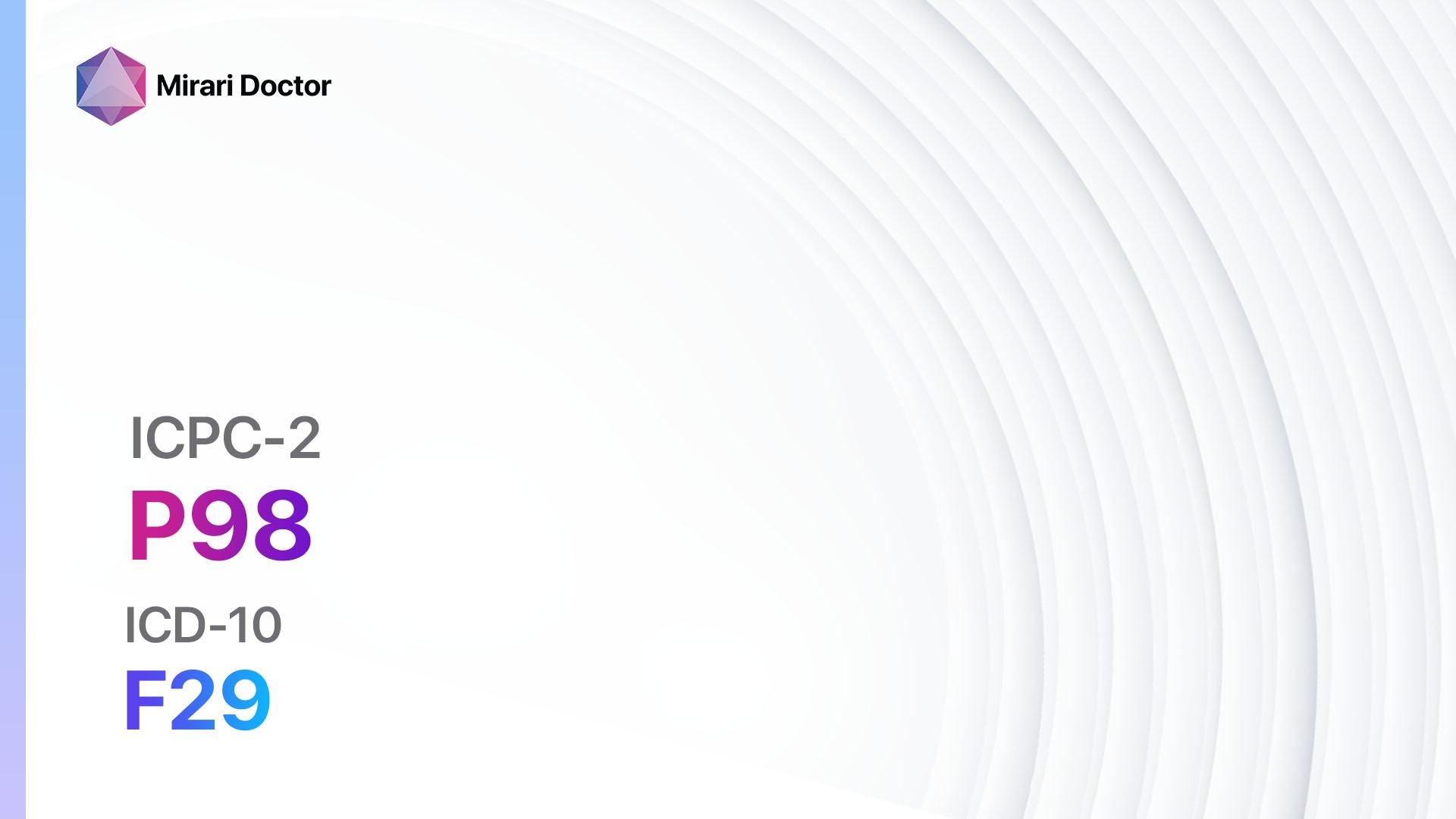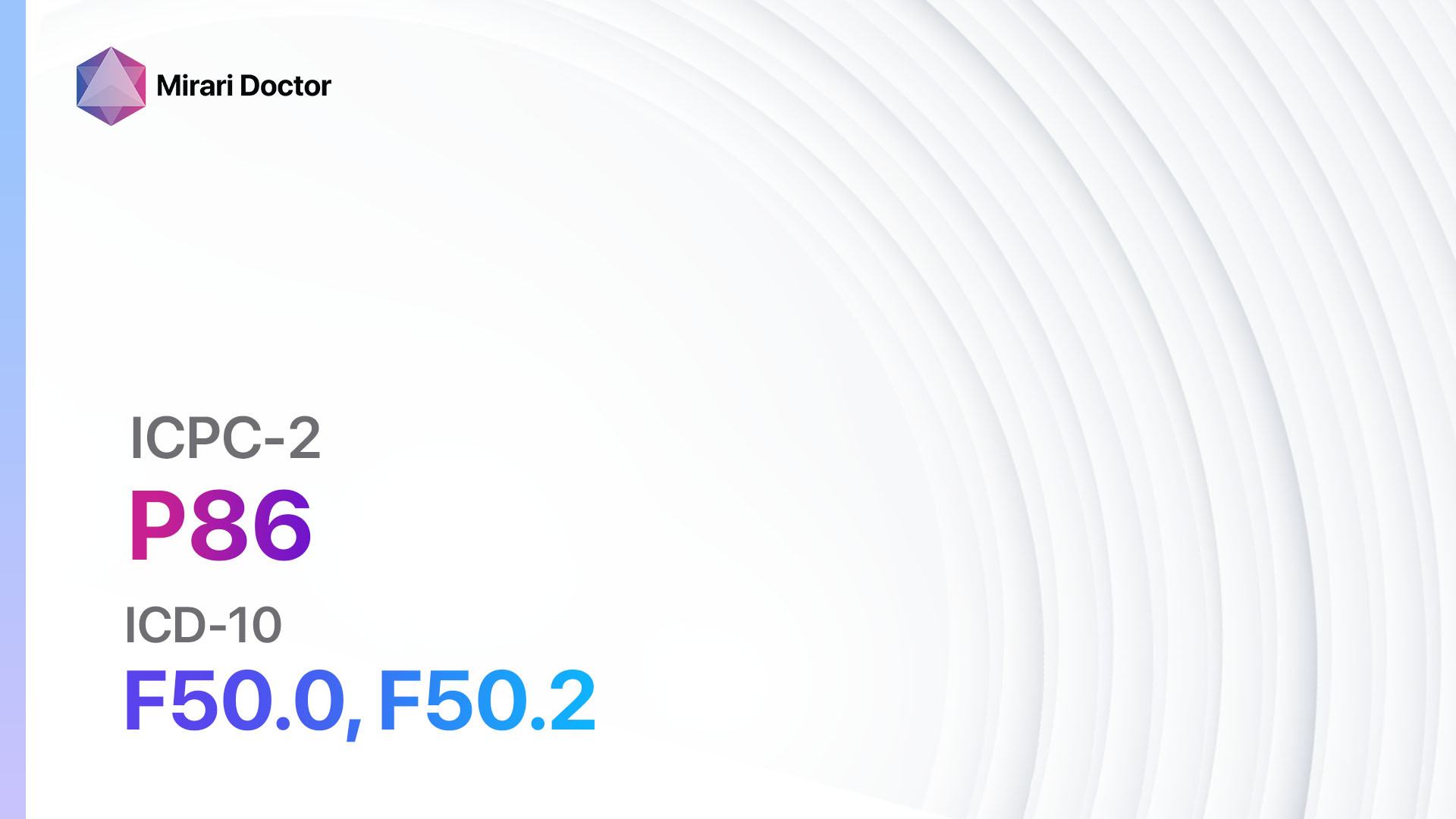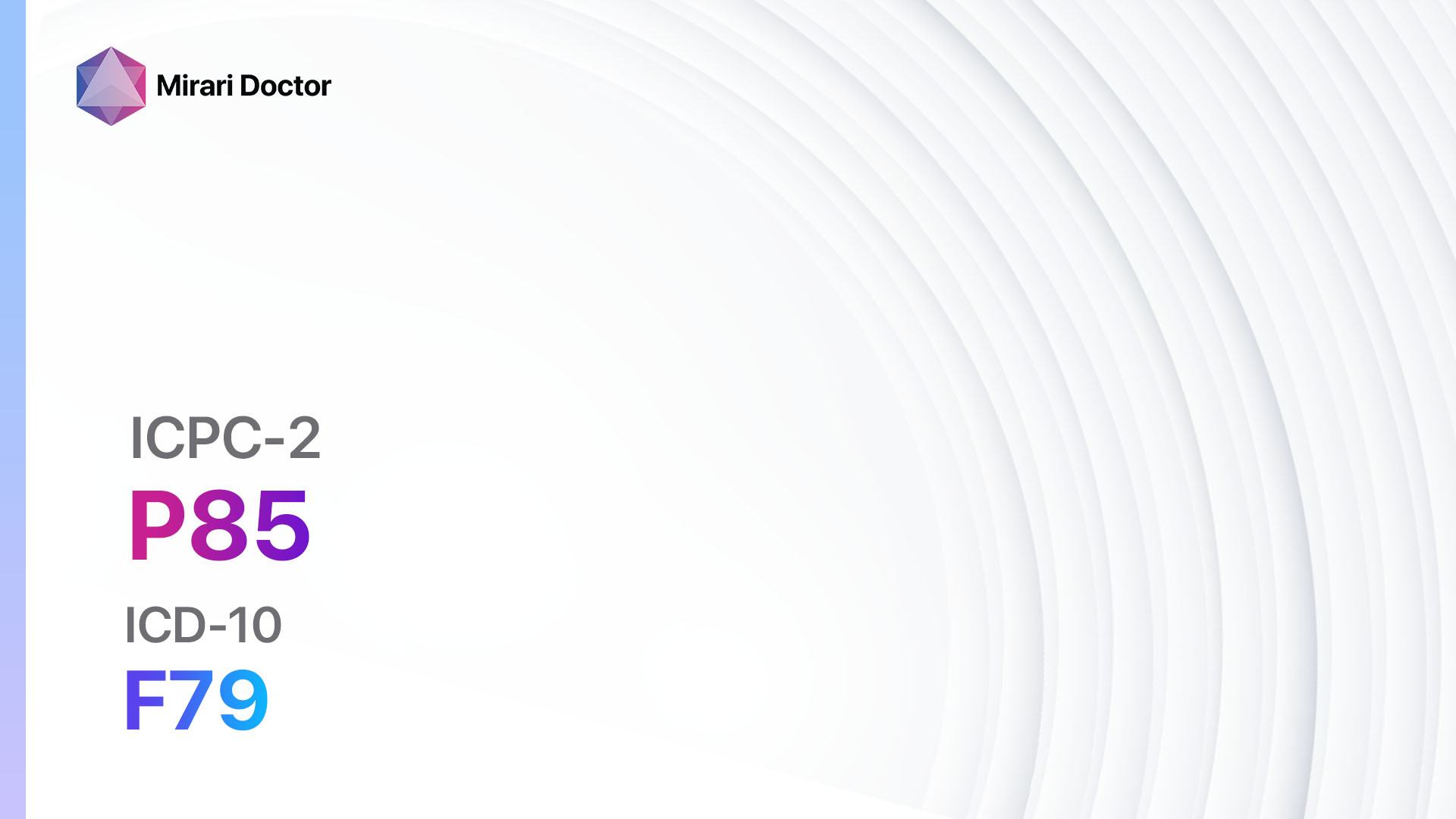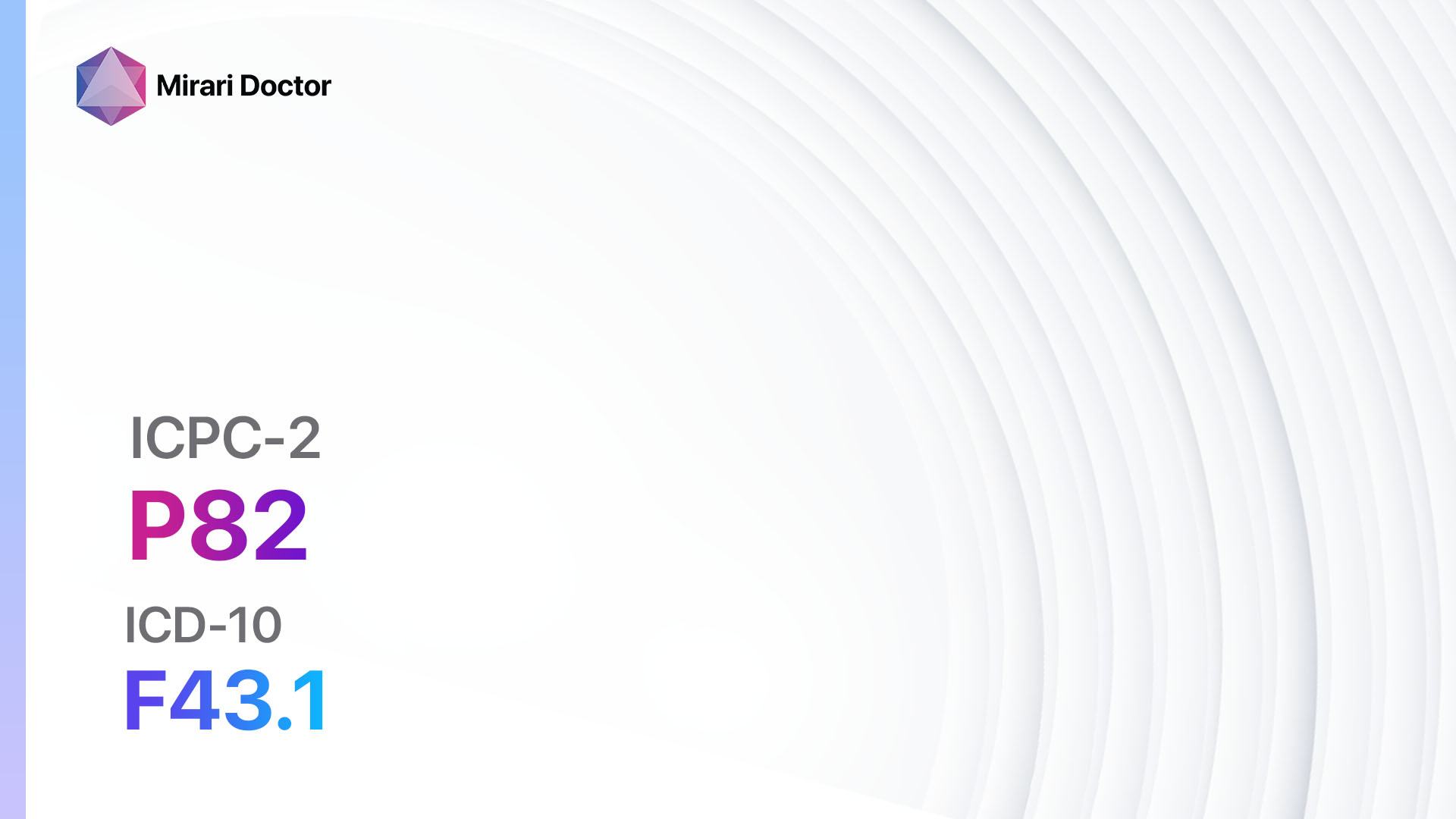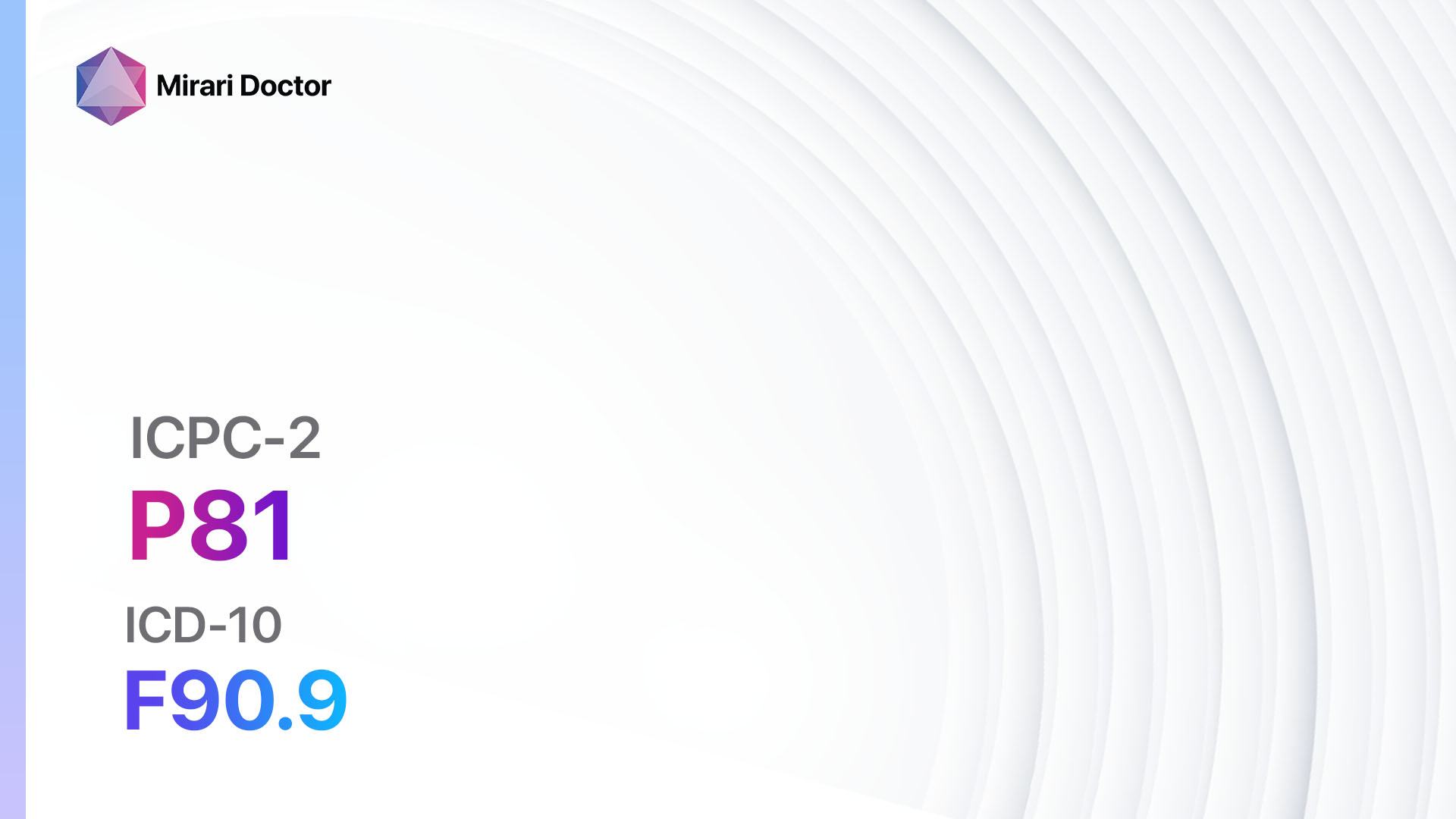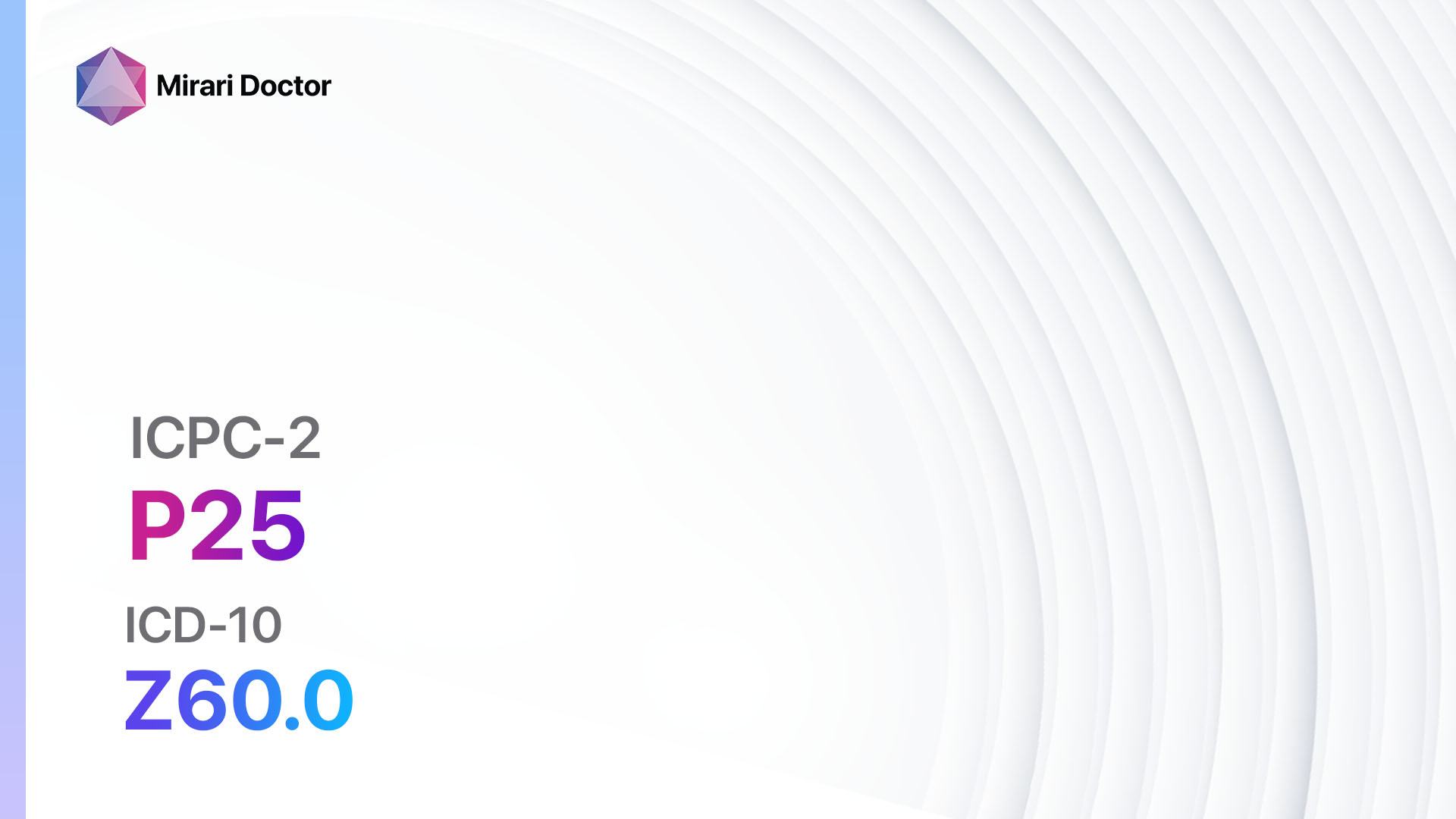
Introduction
Phase of life problem in adults refers to the challenges and issues that individuals face during different stages of adulthood. These problems can be related to career, relationships, family, and personal development[1]. This guide aims to provide an overview of the symptoms, causes, diagnostic steps, possible interventions, and lifestyle interventions for phase of life problem in adults.
Codes
- ICPC-2 Code: P25 Phase of life problem adult[2]
- ICD-10 Code: Z60.0 Problems of adjustment to life-cycle transitions[3]
Symptoms
- Feeling of dissatisfaction or lack of fulfillment in life[4]
- Uncertainty about career or life goals[5]
- Relationship difficulties[6]
- Emotional distress or mood swings[7]
- Lack of motivation or interest in activities[8]
- Changes in sleep patterns[9]
- Difficulty in making decisions[10]
- Social withdrawal or isolation
Causes
- Transition from one life stage to another (e.g., from young adulthood to middle age)
- Career-related stress or dissatisfaction
- Relationship problems or conflicts
- Financial difficulties
- Health issues or chronic illnesses
- Loss of a loved one
- Lack of social support or loneliness
Diagnostic Steps
Medical History
- Gather information about the patient’s age, gender, and current life stage
- Assess the patient’s personal and family medical history
- Identify any risk factors or predisposing factors for phase of life problems
- Evaluate the patient’s current symptoms and their impact on daily life
- Explore any previous or ongoing treatments or interventions for the condition
Physical Examination
- Perform a general physical examination to assess overall health and rule out any underlying medical conditions
- Pay attention to any physical signs of stress or emotional distress (e.g., tense muscles, rapid heartbeat)
- Evaluate the patient’s vital signs, including blood pressure, heart rate, and respiratory rate
- Assess the patient’s appearance, behavior, and mood
Laboratory Tests
- There are no specific laboratory tests for diagnosing phase of life problems in adults. However, certain blood tests may be ordered to rule out any underlying medical conditions that could be contributing to the symptoms.
Diagnostic Imaging
- Diagnostic imaging is not typically used in the diagnosis of phase of life problems in adults.
Other Tests
- Psychological assessments: These tests can help evaluate the patient’s mental health, personality traits, and coping mechanisms.
- Cognitive assessments: These tests can assess cognitive function and identify any cognitive impairments that may be contributing to the symptoms.
- Social support assessments: These assessments can help determine the level of social support available to the patient and identify any gaps in their support network.
Follow-up and Patient Education
- Schedule regular follow-up appointments to monitor the patient’s progress and adjust the treatment plan if necessary.
- Provide patient education materials or resources on stress management, coping strategies, and self-care techniques.
- Encourage the patient to seek support from family, friends, or support groups.
- Discuss the importance of maintaining a healthy lifestyle, including regular exercise, balanced diet, and adequate sleep.
Possible Interventions
Traditional Interventions
Medications:
Top 5 drugs for phase of life problem in adults:
- Selective serotonin reuptake inhibitors (SSRIs) (e.g., Fluoxetine, Sertraline):
- Cost: Generic versions can be $3-$50/month.
- Contraindications: Hypersensitivity to SSRIs, concurrent use of monoamine oxidase inhibitors (MAOIs).
- Side effects: Nausea, headache, insomnia.
- Severe side effects: Serotonin syndrome, suicidal thoughts.
- Drug interactions: MAOIs, other antidepressants.
- Warning: May take several weeks to achieve full therapeutic effect.
- Benzodiazepines (e.g., Diazepam, Lorazepam):
- Cost: Generic versions can be $4-$50/month.
- Contraindications: History of substance abuse, respiratory insufficiency.
- Side effects: Drowsiness, dizziness, confusion.
- Severe side effects: Respiratory depression, dependence.
- Drug interactions: Alcohol, opioids.
- Warning: Potential for addiction and withdrawal symptoms.
- Beta-blockers (e.g., Propranolol, Atenolol):
- Cost: Generic versions can be $4-$30/month.
- Contraindications: Severe bradycardia, heart block.
- Side effects: Fatigue, dizziness, low blood pressure.
- Severe side effects: Bronchospasm, heart failure.
- Drug interactions: Calcium channel blockers, insulin.
- Warning: Should not be abruptly stopped.
- Antidepressants (e.g., Amitriptyline, Venlafaxine):
- Cost: Generic versions can be $4-$50/month.
- Contraindications: Hypersensitivity to antidepressants, concurrent use of MAOIs.
- Side effects: Dry mouth, constipation, blurred vision.
- Severe side effects: Serotonin syndrome, suicidal thoughts.
- Drug interactions: MAOIs, other antidepressants.
- Warning: May take several weeks to achieve full therapeutic effect.
- Anxiolytics (e.g., Alprazolam, Clonazepam):
- Cost: Generic versions can be $4-$50/month.
- Contraindications: History of substance abuse, respiratory insufficiency.
- Side effects: Drowsiness, dizziness, confusion.
- Severe side effects: Respiratory depression, dependence.
- Drug interactions: Alcohol, opioids.
- Warning: Potential for addiction and withdrawal symptoms.
Psychotherapy:
- Cognitive-behavioral therapy (CBT): Helps individuals identify and change negative thought patterns and behaviors.
- Interpersonal therapy (IPT): Focuses on improving interpersonal relationships and communication skills.
- Psychodynamic therapy: Explores unconscious thoughts and emotions to gain insight into current difficulties.
- Supportive therapy: Provides emotional support and guidance to help individuals cope with phase of life problems.
Alternative Interventions
- Acupuncture: May help reduce stress and promote relaxation. Cost: $60-$120 per session.
- Yoga and meditation: Can help improve mental well-being and reduce symptoms of anxiety and depression. Cost: Varies depending on the location and instructor.
- Massage therapy: May help relieve muscle tension and promote relaxation. Cost: $50-$100 per session.
- Art therapy: Provides a creative outlet for self-expression and emotional healing. Cost: Varies depending on the location and therapist.
- Mindfulness-based stress reduction (MBSR): Teaches individuals to be present in the moment and cultivate awareness of their thoughts and emotions. Cost: Varies depending on the program.
Lifestyle Interventions
- Regular exercise: Engaging in physical activity can help reduce stress, improve mood, and increase overall well-being. Cost: Varies depending on the type of exercise (e.g., gym membership, fitness classes).
- Healthy diet: Consuming a balanced diet rich in fruits, vegetables, whole grains, and lean proteins can support overall health and well-being. Cost: Varies depending on individual food choices and dietary preferences.
- Adequate sleep: Getting enough sleep is essential for maintaining good mental and physical health. Cost: Varies depending on individual sleep habits and any necessary interventions (e.g., sleep aids, therapy).
- Stress management techniques: Learning and practicing stress management techniques, such as deep breathing exercises, mindfulness, and relaxation techniques, can help reduce symptoms of stress and anxiety. Cost: Varies depending on the specific techniques and resources used.
- Social support: Building and maintaining strong social connections can provide emotional support and help individuals navigate through phase of life problems. Cost: Varies depending on individual preferences and activities (e.g., joining clubs, attending social events).
It is important to note that the cost ranges provided are approximate and may vary depending on the location and availability of the interventions. It is recommended to consult with healthcare professionals or specialists for personalized treatment plans and cost estimates.
Mirari Cold Plasma Alternative Intervention
Understanding Mirari Cold Plasma
- Safe and Non-Invasive Treatment: Mirari Cold Plasma is a safe and non-invasive treatment option for various skin conditions. It does not require incisions, minimizing the risk of scarring, bleeding, or tissue damage.
- Efficient Extraction of Foreign Bodies: Mirari Cold Plasma facilitates the removal of foreign bodies from the skin by degrading and dissociating organic matter, allowing easier access and extraction.
- Pain Reduction and Comfort: Mirari Cold Plasma has a local analgesic effect, providing pain relief during the treatment, making it more comfortable for the patient.
- Reduced Risk of Infection: Mirari Cold Plasma has antimicrobial properties, effectively killing bacteria and reducing the risk of infection.
- Accelerated Healing and Minimal Scarring: Mirari Cold Plasma stimulates wound healing and tissue regeneration, reducing healing time and minimizing the formation of scars.
Mirari Cold Plasma Prescription
Video instructions for using Mirari Cold Plasma Device – P25 Phase of life problem adult (ICD-10:Z60.0)
| Mild | Moderate | Severe |
| Mode setting: 2 (Wound Healing) Location: 7 (Neuro system & ENT) Morning: 15 minutes, Evening: 15 minutes |
Mode setting: 2 (Wound Healing) Location: 7 (Neuro system & ENT) Morning: 30 minutes, Lunch: 30 minutes, Evening: 30 minutes |
Mode setting: 2 (Wound Healing) Location: 7 (Neuro system & ENT) Morning: 30 minutes, Lunch: 30 minutes, Evening: 30 minutes |
| Mode setting: 7 (Immunotherapy) Location: 1 (Sacrum) Morning: 15 minutes, Evening: 15 minutes |
Mode setting: 7 (Immunotherapy) Location: 1 (Sacrum) Morning: 30 minutes, Lunch: 30 minutes, Evening: 30 minutes |
Mode setting: 7 (Immunotherapy) Location: 1 (Sacrum) Morning: 30 minutes, Lunch: 30 minutes, Evening: 30 minutes |
| Total Morning: 30 minutes approx. $5 USD, Evening: 30 minutes approx. $5 USD |
Total Morning: 60 minutes approx. $10 USD, Lunch: 60 minutes approx. $10 USD, Evening: 60 minutes approx. $10 USD, |
Total Morning: 60 minutes approx. $10 USD, Lunch: 60 minutes approx. $10 USD, Evening: 60 minutes approx. $10 USD, |
| Usual treatment for 7-60 days approx. $70 USD – $600 USD | Usual treatment for 6-8 weeks approx. $1,260 USD – $1,680 USD |
Usual treatment for 3-6 months approx. $2,700 USD – $5,400 USD
|
 |
|
Use the Mirari Cold Plasma device to treat Phase of life problem adult effectively.
WARNING: MIRARI COLD PLASMA IS DESIGNED FOR THE HUMAN BODY WITHOUT ANY ARTIFICIAL OR THIRD PARTY PRODUCTS. USE OF OTHER PRODUCTS IN COMBINATION WITH MIRARI COLD PLASMA MAY CAUSE UNPREDICTABLE EFFECTS, HARM OR INJURY. PLEASE CONSULT A MEDICAL PROFESSIONAL BEFORE COMBINING ANY OTHER PRODUCTS WITH USE OF MIRARI.
Step 1: Cleanse the Skin
- Start by cleaning the affected area of the skin with a gentle cleanser or mild soap and water. Gently pat the area dry with a clean towel.
Step 2: Prepare the Mirari Cold Plasma device
- Ensure that the Mirari Cold Plasma device is fully charged or has fresh batteries as per the manufacturer’s instructions. Make sure the device is clean and in good working condition.
- Switch on the Mirari device using the power button or by following the specific instructions provided with the device.
- Some Mirari devices may have adjustable settings for intensity or treatment duration. Follow the manufacturer’s instructions to select the appropriate settings based on your needs and the recommended guidelines.
Step 3: Apply the Device
- Place the Mirari device in direct contact with the affected area of the skin. Gently glide or hold the device over the skin surface, ensuring even coverage of the area experiencing.
- Slowly move the Mirari device in a circular motion or follow a specific pattern as indicated in the user manual. This helps ensure thorough treatment coverage.
Step 4: Monitor and Assess:
- Keep track of your progress and evaluate the effectiveness of the Mirari device in managing your Phase of life problem adult. If you have any concerns or notice any adverse reactions, consult with your health care professional.
Note
This guide is for informational purposes only and should not replace the advice of a medical professional. Always consult with your healthcare provider or a qualified medical professional for personal advice, diagnosis, or treatment. Do not solely rely on the information presented here for decisions about your health. Use of this information is at your own risk. The authors of this guide, nor any associated entities or platforms, are not responsible for any potential adverse effects or outcomes based on the content.
Mirari Cold Plasma System Disclaimer
- Purpose: The Mirari Cold Plasma System is a Class 2 medical device designed for use by trained healthcare professionals. It is registered for use in Thailand and Vietnam. It is not intended for use outside of these locations.
- Informational Use: The content and information provided with the device are for educational and informational purposes only. They are not a substitute for professional medical advice or care.
- Variable Outcomes: While the device is approved for specific uses, individual outcomes can differ. We do not assert or guarantee specific medical outcomes.
- Consultation: Prior to utilizing the device or making decisions based on its content, it is essential to consult with a Certified Mirari Tele-Therapist and your medical healthcare provider regarding specific protocols.
- Liability: By using this device, users are acknowledging and accepting all potential risks. Neither the manufacturer nor the distributor will be held accountable for any adverse reactions, injuries, or damages stemming from its use.
- Geographical Availability: This device has received approval for designated purposes by the Thai and Vietnam FDA. As of now, outside of Thailand and Vietnam, the Mirari Cold Plasma System is not available for purchase or use.
References
- Seritan, A. L., & Hinton, W. L. (2016). Phase of life problems. In H. S. Friedman (Ed.), Encyclopedia of Mental Health (Second Edition) (pp. 187-192). Academic Press. https://doi.org/10.1016/B978-0-12-397045-9.00024-6
- World Organization of Family Doctors (WONCA). (1998). ICPC-2: International Classification of Primary Care. Oxford University Press.
- World Health Organization. (2019). International Statistical Classification of Diseases and Related Health Problems (11th ed.). https://icd.who.int/
- Robinson, O. C., Demetre, J. D., & Corney, R. (2010). Personality and retirement: Exploring the links between the Big Five personality traits, reasons for retirement and the experience of being retired. Personality and Individual Differences, 48(7), 792-797. https://doi.org/10.1016/j.paid.2010.01.014
- Arnett, J. J. (2000). Emerging adulthood: A theory of development from the late teens through the twenties. American Psychologist, 55(5), 469-480. https://doi.org/10.1037/0003-066X.55.5.469
- Umberson, D., Williams, K., Powers, D. A., Liu, H., & Needham, B. (2006). You make me sick: Marital quality and health over the life course. Journal of Health and Social Behavior, 47(1), 1-16. https://doi.org/10.1177/002214650604700101
- Mirowsky, J., & Ross, C. E. (2002). Depression, parenthood, and age at first birth. Social Science & Medicine, 54(8), 1281-1298. https://doi.org/10.1016/S0277-9536(01)00096-X
- Lachman, M. E. (2004). Development in midlife. Annual Review of Psychology, 55, 305-331. https://doi.org/10.1146/annurev.psych.55.090902.141521
- Ohayon, M. M., Carskadon, M. A., Guilleminault, C., & Vitiello, M. V. (2004). Meta-analysis of quantitative sleep parameters from childhood to old age in healthy individuals: Developing normative sleep values across the human lifespan. Sleep, 27(7), 1255-1273. https://doi.org/10.1093/sleep/27.7.1255
- Schwartz, B. (2004). The paradox of choice: Why more is less. Harper Perennial.
Related articles
Made in USA


